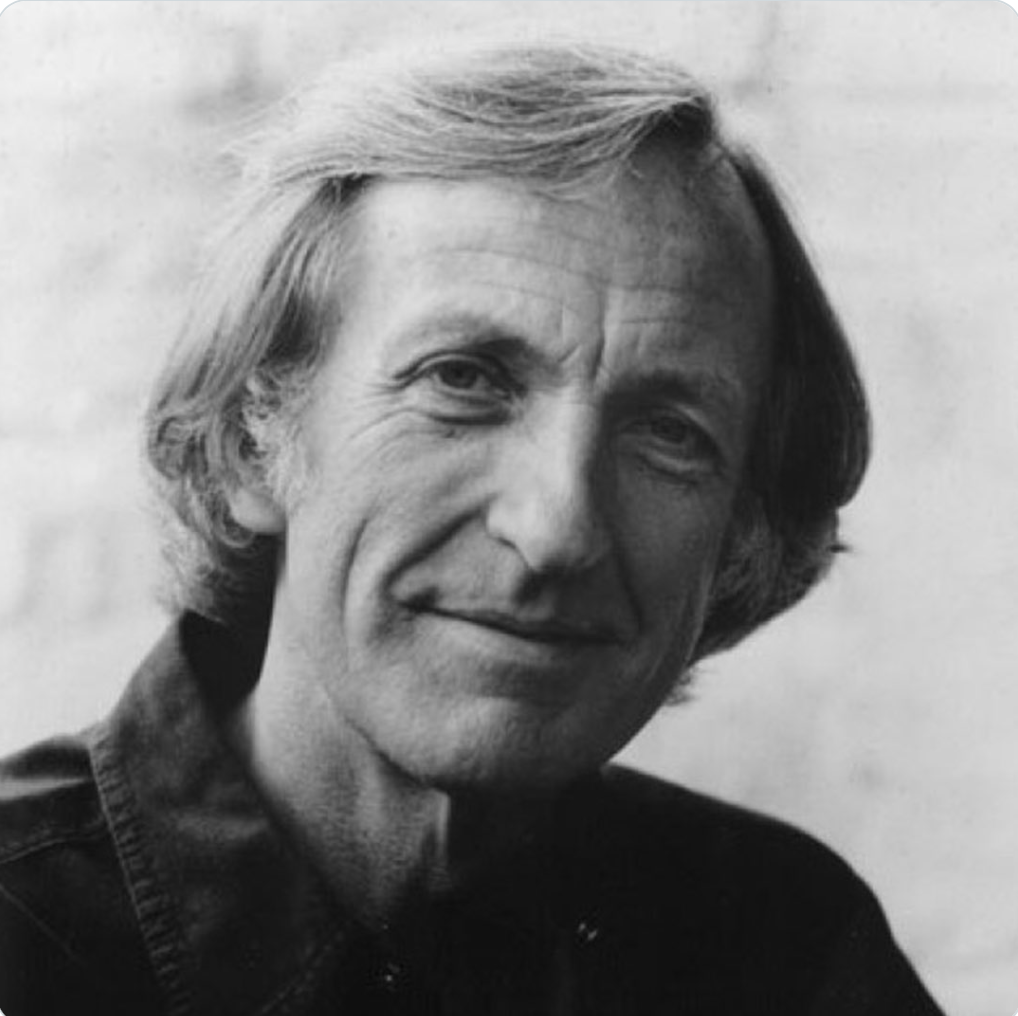A military junta and multinational corporations on one side, and Buddhist democratic forces led by Aung San Suu Kyi on the other, are engaged in battle for Burma.
Milan Kundera once wrote that the “struggle against power is the struggle of memory against forgetting”. Few outside Burma know about the epic events that took place here between 1988 and 1990. Few have heard of the White Bridge on Inya Lake in the centre of Rangoon, now known to foreign business people as the site of an “inter- national business centre”.
Yet it was here that an uprising as momentous as the storming of the Berlin Wall in 1989 was sparked. On March 18th, 1988, hundreds of schoolchildren and students marched along the bridge, singing the national anthem, signaling that they wanted no more of the authoritarian rule that had been in place since a 1962 military coup. The march was as joyful as it was defiant. When suddenly they saw behind them the steel helmets of the riot police, they knew they were trapped.
Then again, after months of rising popular confidence, the moment of general uprising came precisely at eight minutes past eight on the morning of the eighth day of the eighth month of 1988. This was the auspicious time the dockers chose to go on strike, and the country followed: teachers, journalists, railway-workers, weather-forecasters, grave-diggers, even prison-warders and police. The massive demonstration, soon joined by students, numbered more than 10,000 protesters.
Over the next four days several thousand Burmese died in the streets and in the prisons, under torture, and even in their homes as the army stormed the crooked lanes, firing at random into flimsy homes. Anyone with a camera was a target.
Perhaps the world really took notice only when a charismatic woman, Aung San Suu Kyi, daughter of the national hero Aung San, was placed under house arrest in July, 1989. Thereafter, so the junta calculated, they could proceed with an election that, without her, they were certain to win and that would legitimize their dictatorship. In fact, they lost spectacularly: Suu Kyi’s National League for Democracy (N LD) won 820/o of the parliamentary seats; she even swept the board in principal army cantonments.
Shocked, the generals (who had renamed the regime the State Law and Order Restoration Council, known by its Orwellian moniker SLORC) threw most of the newly elected Parliament into prison and turned Burma into what Amnesty International has described as “a prison without walls”.
What drew me to Burma was a Human Rights Watch report that said that despite the release of Suu Kyi from house arrest in 1995, “the overall human rights situation is worsening. As the SLORC has moved to attract international investment, at least 2 million people have been forced to work for no pay under brutal conditions to rebuild Burma’s long- neglected infrastructure.” Having opened Burma to the “free market” and released its most famous prisoner, the SLORC bargained that the rapacious instincts of the Asian “tiger” states and the venerable plunderers of the West would respond with the investment it craved. The SLORC was not disappointed. The US government, in spite of a certain sound and fury by its representatives at the UN, said it would continue “neither to encourage nor to discourage” trade and investment. The British government mounted a London trade conference.
“Burma: The Next Tiger?”. The Japanese government restored some $50 million in aid. The Australian deputy prime minister, Tim Fischer said that Australia could adopt a “flexible” approach to a country that offered “great economic opportunities”.
By far the biggest investment, however, was already well established: a billion-dollar pipeline being built by the French oil company Total, partly owned by the French government, and its US partner Unocal. This will carry Burma’s natural gas into Thailand and give the generals an estimated $200 million to $400 million every year for thirty years.
Little of this has been in the news. “I’m afraid,” Suu Kyi told me, “that countries and events keep slipping from the headlines, and we have slipped.” That indifference has recently faded, though, as Suu Kyi’s celebrity has risen and the SLORC has mounted its own public relations campaign. In September, 1996, SLORC officials held their first press conference since Suu Kyi’s release, announcing that she had collaborated with subversives and received subversive materials, including a videotape of the movie, Beyond Rangoon. They vowed to take steps against her “if and when required.”
The day before the officials’ conference, Suu Kyi held a press conference of her own, vowing that she would continue to hold regular weekend rallies at the front gate of her Rangoon residence. “We are increasing the momentum of our work, and they are increasing the momentum of arrests,” she told reporters. She has asked investors and tourists to stay away, pointing out that the foreign exchange they bring will widen the gulf between rich and poor and reinforce the power of the SLORC. “It is just not possible”, she said, “for foreign visitors, on a short guided trip, to know the truth.” Indeed, few foreigners will be aware that a thousand people were recently thrown out of the village they occupied for generations near Lashio in Shan State, so that the army could extend the golf course for tourists.
Suu Kyi discounts the notion, propagated by some investors, that the Burmese population at large benefits from foreign investment. “The best business opportunities always go to the same ?lite,” she told Le Monde in a recent interview. “There’s a class of people here who are getting very rich, so much so that they don’t know what to do with their money. Meanwhile, there are people who are so poor – particularly in rural areas – that they are forced to take their children out of school.”


